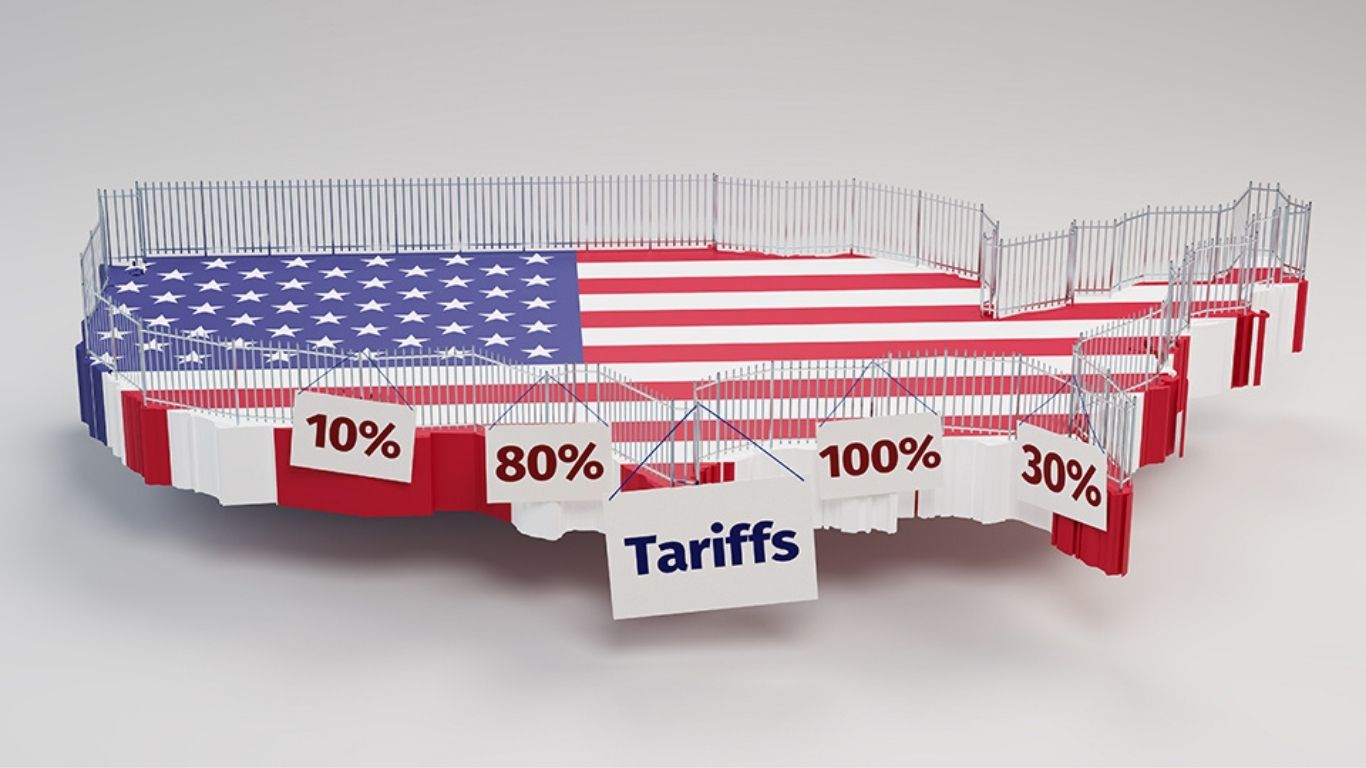The job cuts announced by U.S.-based employers last month are nothing short of startling. In fact, they show a chilling rise that echoes through the corridors of history. A staggering 172,017 job cuts were reported for February, marking an increase of 103% compared to the same period last year. It’s the largest February figure we’ve seen since 2009 and the 12th-highest number in the 32 years Challenger, Gray & Christmas has tracked such data. And here’s the kicker: all but four of the previous 11 surges in job cuts (dating back to the start of the pandemic) were linked to recessions.
The government’s role in this? Well, it’s hard to ignore, and it’s pretty clear: it’s like the engine behind this grim trend.
Government Cuts: A Blow to the Federal Workforce
The largest chunk of these job cuts came from the government sector. This is a direct consequence of decisions made by the newly formed Department of Government Efficiency (DOGE), which, despite its grandiose name, seems to be more efficient at slashing jobs and federal contracts than doing anything remotely “efficient” in terms of societal progress. These cuts, spanning across 17 federal agencies, amounted to 62,242 job losses — an astronomical increase from just 151 cuts reported in the same month of the previous year.
Let’s pause for a second: 62,242 jobs lost in February alone, and that’s only from the federal sector. Why? Well, DOGE isn’t alone in causing ripples of job insecurity. The domino effect from canceled government contracts and cuts in funding for private nonprofits has resulted in 894 additional job losses. The numbers are mind-boggling, to say the least.
What’s Next for the Economy? A Dismal Forecast
Outside of the federal government, sectors like retail, technology, and consumer products also saw large cuts. Retail alone accounted for 38,956 job losses. Technology and consumer products followed with 14,554 and 10,625 cuts, respectively.
Gregory Daco, Chief Economist at EY Parthenon, did not mince his words: “This report is concerning,” he said. “The fact that government cuts make up one-third of the overall announced layoffs is a significant signal. It suggests a shift in how employers are reacting to the labor market.”
You don’t have to be an economist to sense that something is deeply wrong here. I mean, one-third of the total cuts coming from the government? That’s not just some anomaly. That’s a policy-induced earthquake shaking the foundations of our workforce.
So, what’s driving these cuts? According to Challenger’s data, the reasons behind the layoffs include:
- 63,583 cuts attributed to DOGE actions (a nice euphemism for “government efficiency,” apparently)
- 35,172 cuts linked to bankruptcies
- 28,098 due to economic conditions
- 16,828 due to restructuring
Andrew Challenger, from Challenger, Gray & Christmas, summed it up best: “With the impact of DOGE’s cuts, canceled contracts, and rising concerns over trade wars and bankruptcies, job cuts soared in February.”
A Glimmer of Hope Amidst the Storm
There is, however, a silver lining—or maybe just a faint glimmer of hope. According to the same report, companies are still hiring, with 34,580 hiring plans announced in February. That’s the highest February figure since 2022, though it’s hard to get too excited when the job cuts numbers overshadow hiring plans.
Layoffs: An Early Warning System?
Thursday’s Challenger report might just be the tip of the iceberg when it comes to the economic fallout from government actions. This data marks the first substantial glimpse into the federal workforce cuts and their potential ripple effects. Economists are also keeping a keen eye on weekly unemployment claims filings, another metric that could give a clearer picture of the economy’s health.
And it doesn’t look promising. The Labor Department reported that jobless claims fell by 21,000 to 221,000 last week, but—here’s the kicker—federal workers accounted for a surprising surge in unemployment claims, up by 1,020 from the previous week. And while we can’t draw definitive conclusions from this, it’s certainly not a good sign.
Private sector hiring also slowed dramatically in February. ADP’s report on employment showed that the private sector added just 77,000 jobs last month. That’s a huge drop from January’s 186,000 and less than half of what economists expected.
When you consider the economic climate—trade wars, new policies, and a dip in consumer spending—the reality becomes more troubling. As Nela Richardson, Chief Economist at ADP, pointed out, “The biggest driver of the economy is consumers.” And right now, those consumers are pulling back.
Inflation: The Silent Monster Lurking
Another piece of the puzzle? Inflation. Consumer spending took a significant dip in January, which saw the biggest drop-off in nearly two years. While economists are cautious to call it a trend based on one month, this decline can’t be ignored. If consumer confidence and spending continue to falter, we could see a far more pronounced economic slowdown.
There are, of course, caveats. It’s worth mentioning that January’s drop in spending came after the usual holiday spending surge and during a month that saw some pretty terrible weather. But the trend is worth watching closely, especially since the inflation rate has remained stubbornly high.
The Road Ahead: What Should We Expect?
So, what does all this mean for the economy in the short term? Economists are still banking on a “soft landing” for the economy, where inflation is tamed without plunging us into a recession. But this vision of the future is growing more uncertain. The “Trump bump,” a temporary surge in business confidence after the election, has now morphed into a cloud of anxiety over government actions, tariffs, and federal spending cuts.
As Martha Gimbel, economist and co-founder of the Budget Lab at Yale University, observed, businesses are holding back on investments due to uncertainty about the government’s next moves. And can you blame them? Who wants to sink money into an uncertain future when the rules of the game seem to be changing every week?
In Conclusion: The Quiet Descent Into Uncertainty
At the end of the day, we are at a critical juncture. The job cuts are here, and the uncertainty is palpable. Whether or not the economy will rebound depends on a myriad of factors—many of which are entirely out of the control of the average citizen. But one thing is clear: the winds of change are blowing, and they’re carrying with them the potential for significant economic upheaval.
So, what can we do? Well, aside from hoping for the best, we must brace ourselves for what’s ahead, hold our governments accountable, and demand transparency and fairness in how these cuts are handled. Because, if nothing else, history has shown that when the workers suffer, the entire nation feels it. Does that make sense?




